Original | Odaily Planet Daily
Author | Azuma
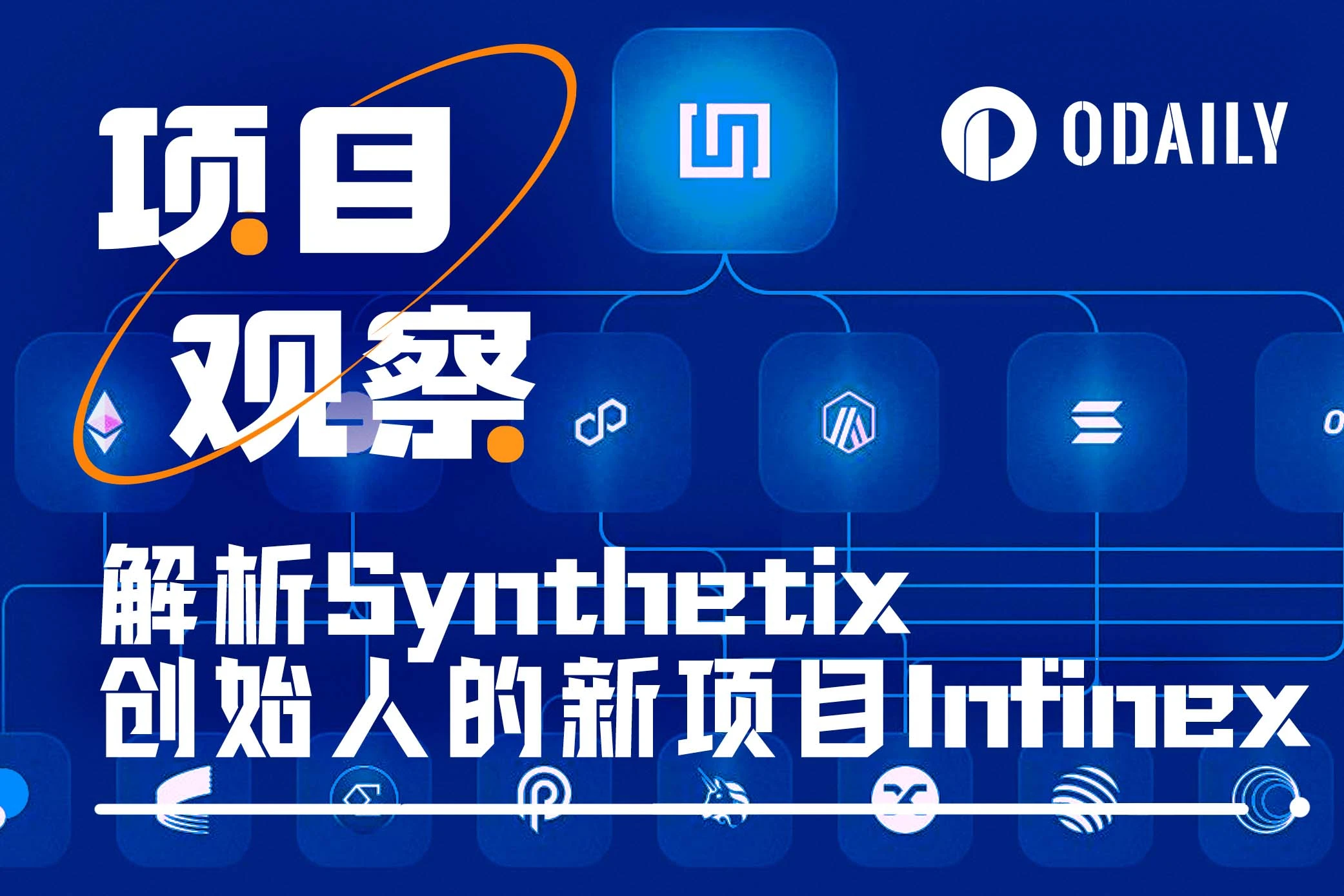
On May 13, Infinex, a comprehensive DeFi platform created by Synthetix founder Kain Warwick, officially opened account creation and deposit channels, and announced that it will distribute 377 million governance points GP to all deposit users in the next 30 days.
As of writing, Infinex has absorbed more than 57 million USDC deposits through six Layer 1 and Layer 2 networks, including Ethereum, Solana, Arbitrum, Base, Optimism, and Polygon.
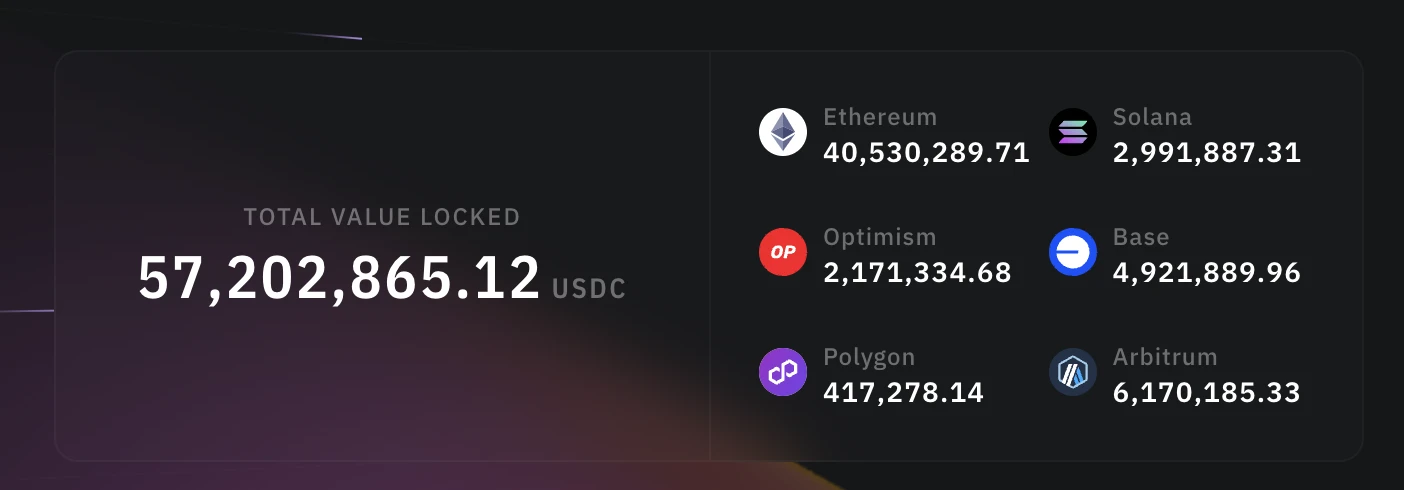
Infinex: A window into the world of frictionless DeFi
From a positioning perspective, it is difficult to find a specific application category to define Infinex. Although the industry has generally classified Infinex as a decentralized contract exchange, in fact, Infinex wants to do much more than that.
Combined with Infinex’s own description, you can think of it as a window to DeFi services - first, Infinex itself will be a non-custodial wallet covering multiple chains; second, users can use Infinex to access major DeFi applications integrated with it; most importantly, in the entire Infinex usage process, a series of complex concepts such as wallet addresses, cross-chain bridges, mnemonics, gas, etc. will be abstracted, and users do not need to master or even know these concepts, and can seamlessly access more DeFi applications like using CeFi products.
The reason why Infinex was often linked to decentralized contract exchanges is that after Infinex is officially launched in the future, it will first be integrated with Synthetix Perps V3, allowing users to conduct decentralized derivatives transactions through the latter.
Infinexs view, the projects vision is to bridge the experience gap between CeFi and DeFi through the on-chain experience layer it has created, and then provide users with more tokens, more derivatives, and more innovative income products by integrating on-chain DeFi protocols, and ultimately serve its customers more effectively. In this way, the market demand for CeFI services will be greatly reduced, thereby promoting the further popularization of DeFi.
Account creation process experience
As mentioned earlier, the usage process of Infinex does not involve common wallet service concepts such as addresses and mnemonics. Instead, users need to rely on Passkey to create an account.
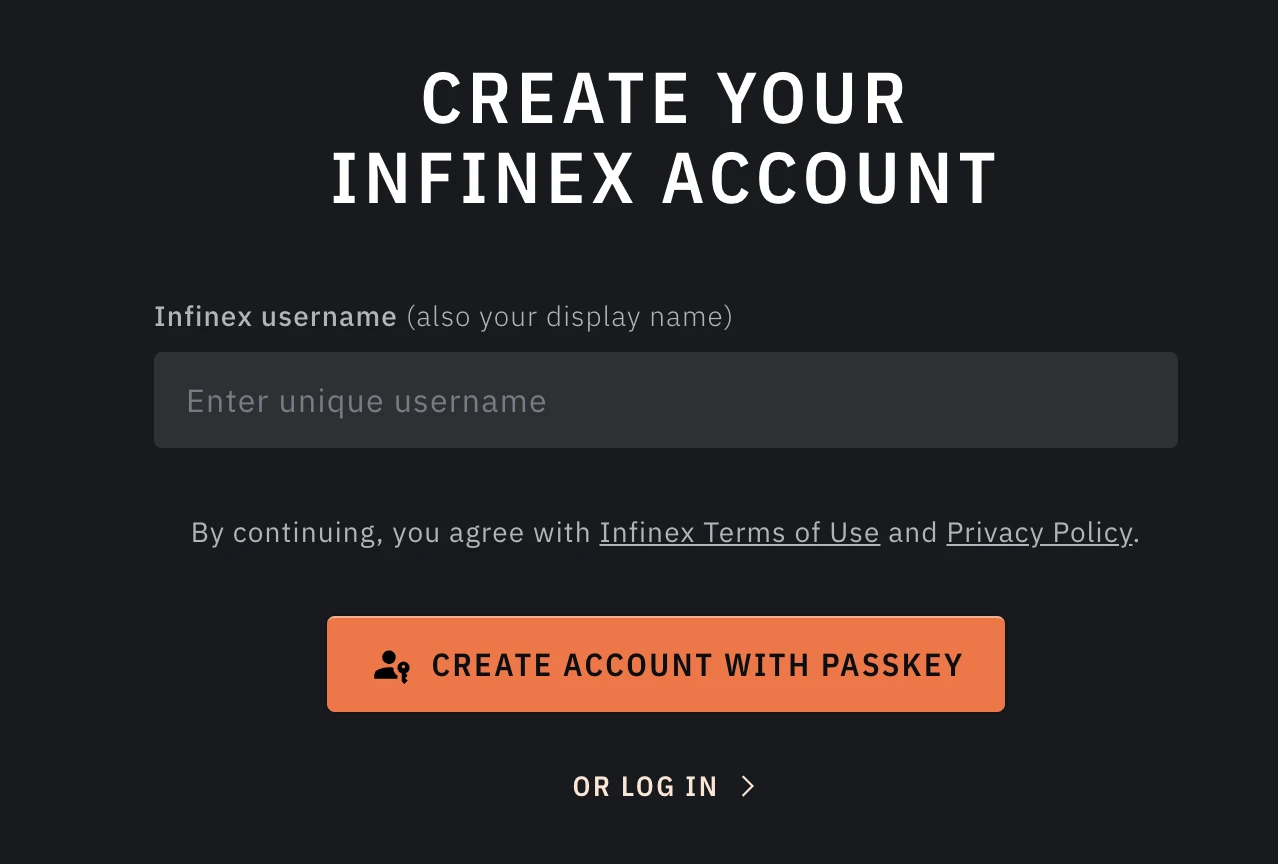
Passkey is the only option for users to log in to their accounts. When a user creates an account on Infinex, a public key and a private key for identity authentication are generated. The public key is stored on the Infinex server, and the private key is stored on the users own device. These two Passkeys are required for joint verification when logging in.
The next time the user attempts to log in, the Infinex server will use the public key to create an encrypted “challenge” and send it to the user’s device, which the user can then sign with the private key to access their account after verifying their identity using biometrics, a PIN or a USB security key.
The public key cannot be used to find the private key, and since the users private key is stored on their own device, hackers will not be able to log into the account without physical access, which will effectively prevent potential phishing attacks.
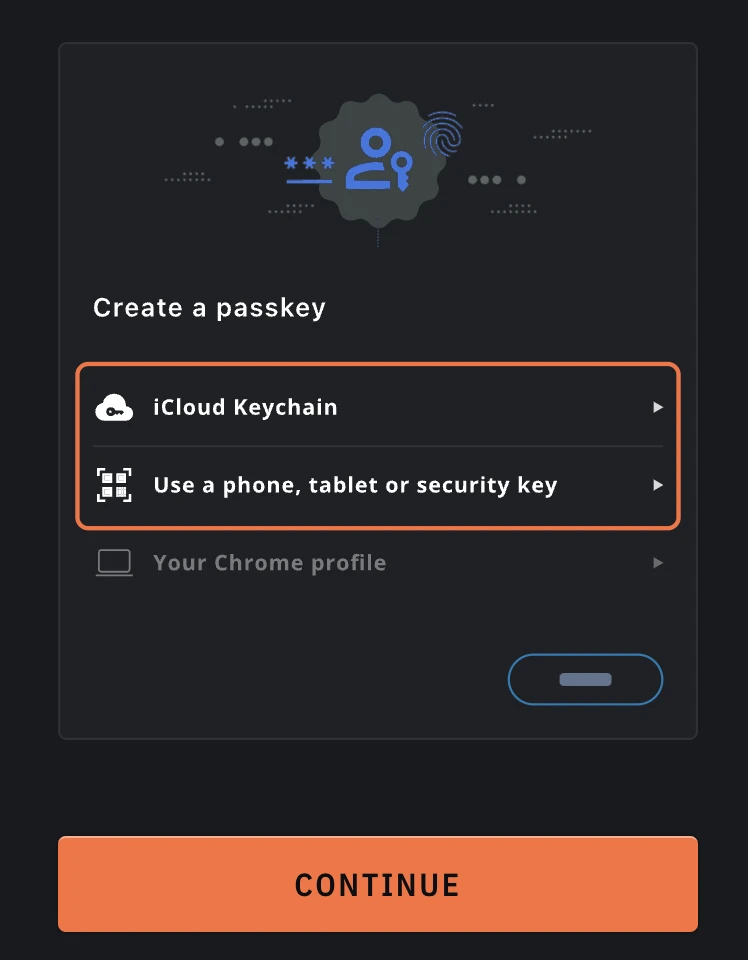
After clicking “Create”, Infinex will ask the user how they want to store Passkey. Mac users can simply choose “ iCloud Keychain” storage, and then wait a few minutes for the account to be created. The account interface after creation is as follows.
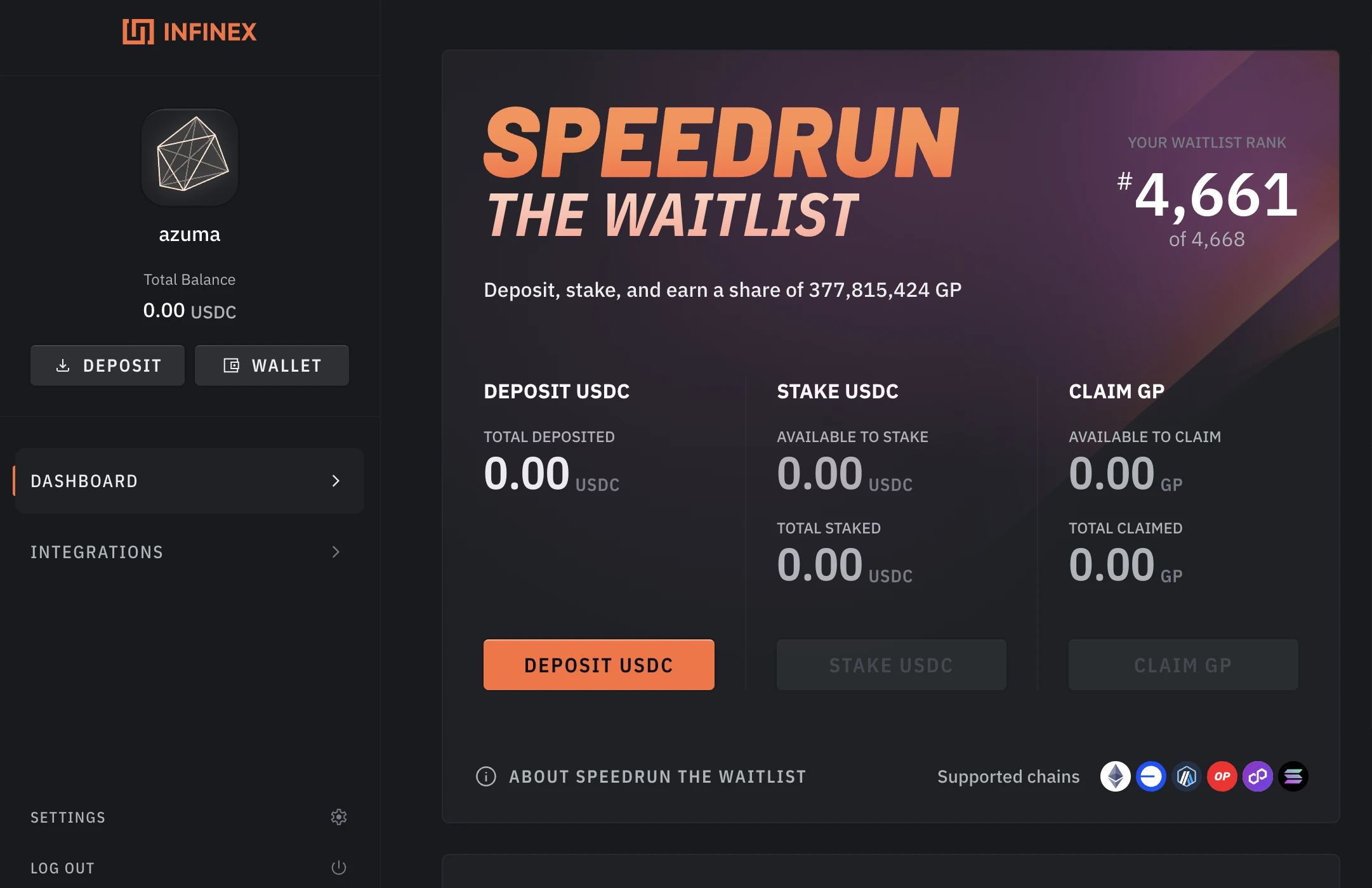
However, before making a deposit, users also need to set up fund recovery measures through Settings. The optional recovery options include commonly used Web2 account systems such as Google accounts and Apple accounts, as well as Web3 address systems such as EVM addresses and Solana addresses.
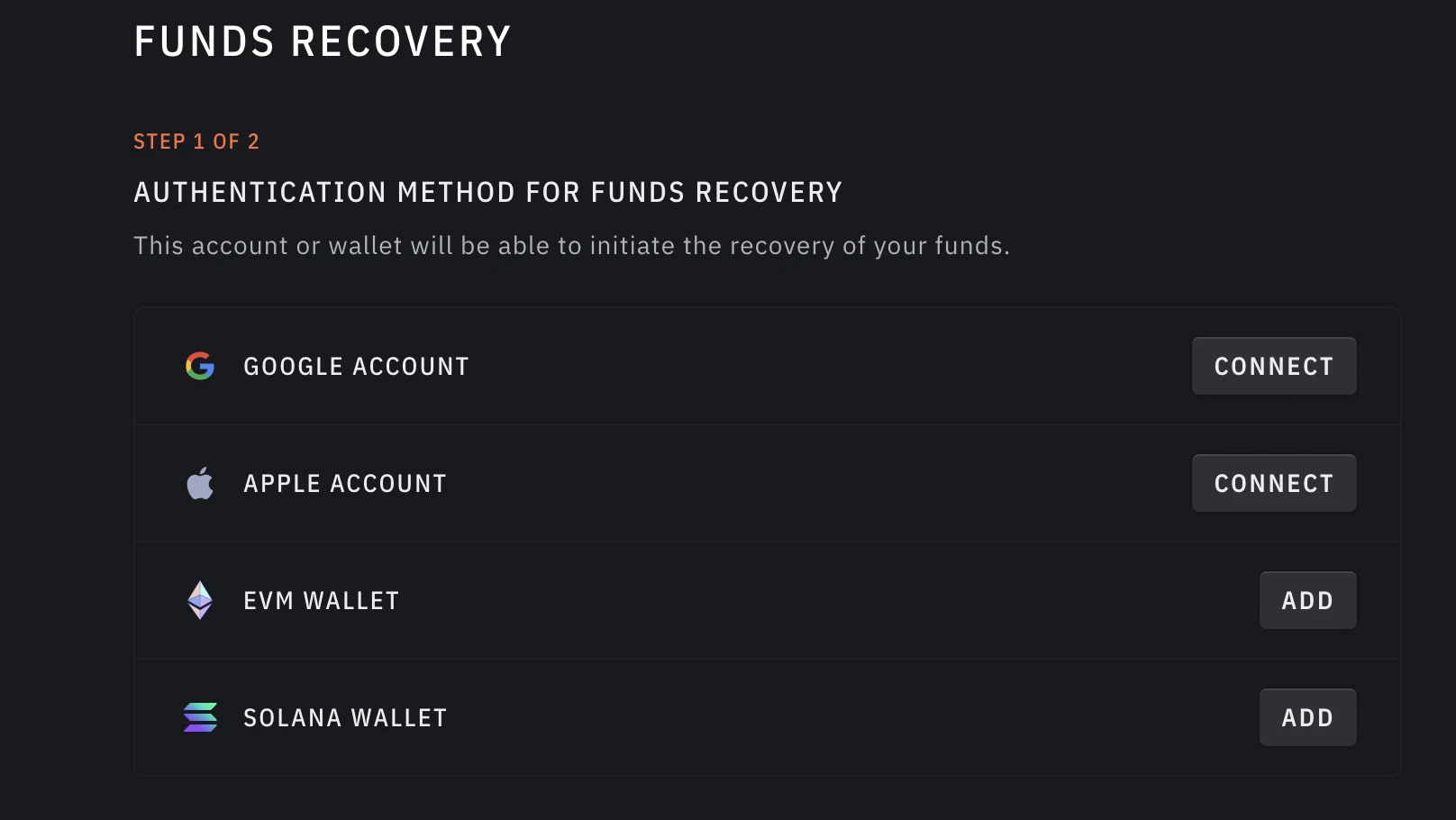
After completing the above settings, you can start depositing money into your account to accumulate governance points GP. However, judging from the user experience of the existing deposit process, Infinex still seems to rely on wallet addresses for the time being - funds must be transferred to a designated address.
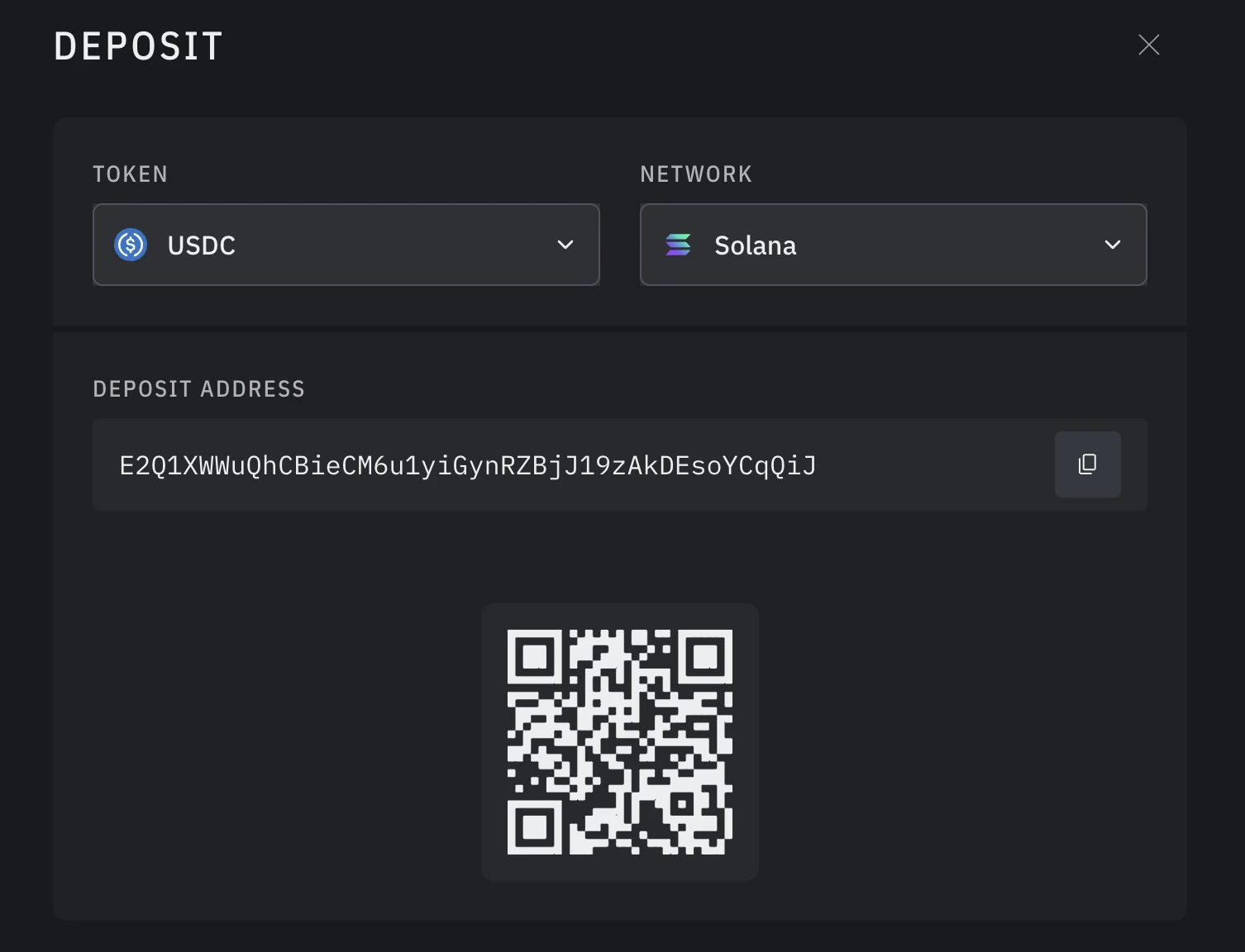
Can GP be converted into governance tokens? The answer may not be ideal
At present, the reason why users actively participate in Infinex deposits is undoubtedly that they hope to accumulate governance points GP efficiently through activities. The potential benefits of GP mainly come from two aspects.
One is that they can get priority access to Infinex after its official release in the future. According to Infinex, more than 200,000 whitelist applications were received during the development of the project, so a screening mechanism is needed to decide which users will be given priority access. In the next 30 days, Infinex will distribute 377 million GP to all deposit users (the supply cap will be controlled at 600 million), and users with the most accumulated GP will be the first to get the experience when Infinex releases the first integrated function.
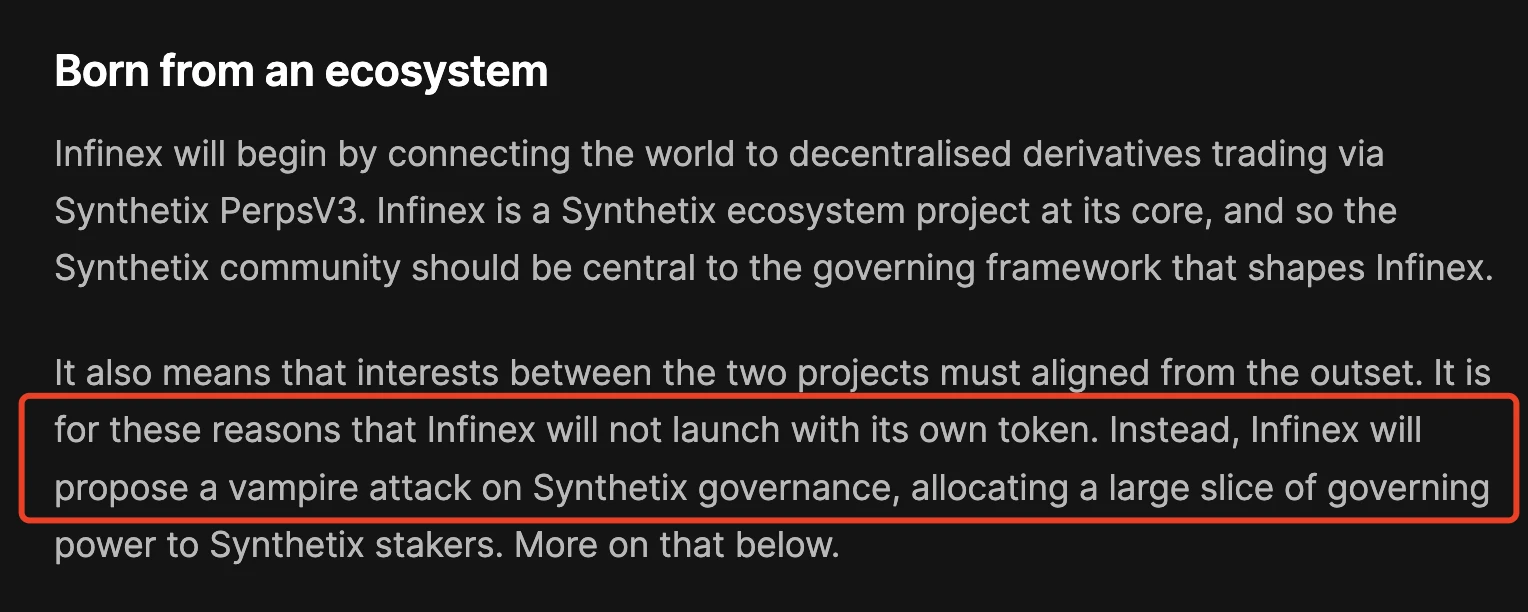
The second is the potential airdrop benefits that may not exist. Although the point system (and even supply restrictions) often have a strong airdrop orientation in the current popularity of Points-Fi, Infinex mentioned in an early article published in September last year that Infinexs interests will remain consistent with Synthetix, so Infinex will not launch its own token .
Overall, for a project like Infinex that is backed by a top protocol and a star founder, it is not too surprising that it achieved such excellent data results on the first day. At a time when the concept of chain abstraction is becoming increasingly popular, Infinexs main strategy of stripping away complex concepts and building a senseless experience also fits the current market narrative trend. However, if Infinex really chooses a no-coin strategy, its subsequent incentive flexibility and community loyalty may face more severe tests.










